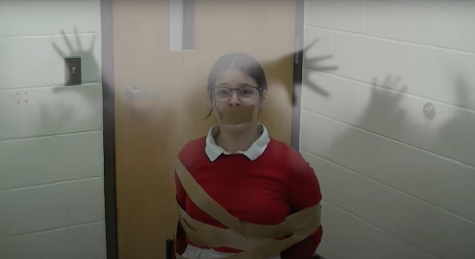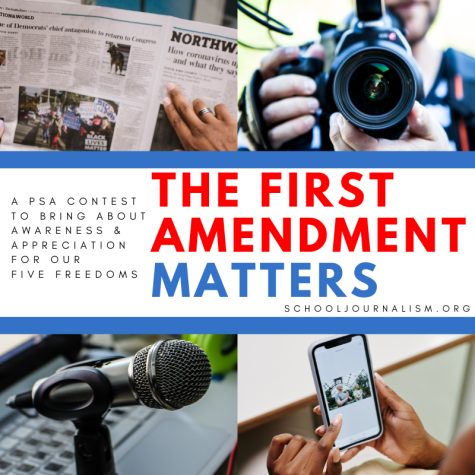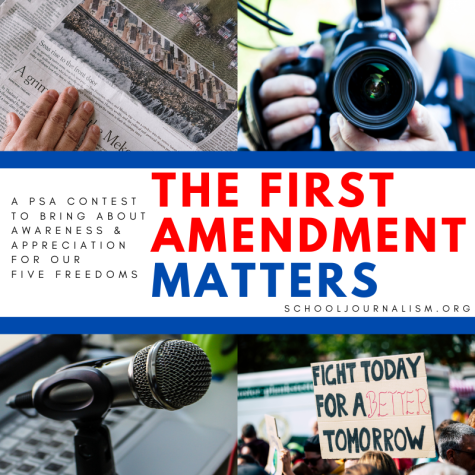DJNF Teacher of the Year Ellen Austin discusses Reynolds High School Journalism Institute
Ellen Austin is the director of journalism at The Harker School in San Jose, Calif. She participated in the 2003 ASNE High School Journalism Institute (now the Reynolds High School Journalism Institute) and won the Dow Jones News Fund Teacher of the Year Award in 2012. Since leaving the Institute, Ellen has advised several award-winning student publications. She is a board member of the Journalism Education Association of Northern California and the chair of the Student Press Law Center’s steering committee. Below, Ellen discusses the role the ASNE High School Journalism Institute played in her career.
Why did you decide to apply to the Institute?
A colleague in Minnesota encouraged me to apply. I was a new adviser in a rural school, and I had no idea what it was. We didn’t have resources, and I didn’t have much training at all. The two-week institute was transformative. I was a different adviser from that day forward.
What were some of the most valuable things you learned at the Institute?
In 2003, the journalism industry was just shifting from film to digital photography and from print to online ideas. The Institute was vital for me to get a bird’s-eye view of the changes. The best thing about the Institute is the integration of media professionals. It was incredible to hear from a managing editor at a metropolitan newspaper what the vital skills are and to be taught by scholastic journalism experts who bring a professional perspective into a classroom setting.
How has your experience at the ASNE High School Journalism Institute in 2003 affected your career, namely winning the DJNF Teacher of the Year Award?
I would say that I was an OK adviser doing my best with what I knew before the Institute, but the Institute changed everything. There was a line of demarcation for me as an adviser based on the Institute. I came back with technical knowledge, such as knowledge of student press rights, new teaching materials and contacts. The mentorship is incredible, as well. There were a lot of people who extended themselves as resources when I went back to the classroom. We were also able to redo the paper and go online with it through an ASNE site. It was named the best high school paper of the year, and we were a little farm town with no money. That speaks to the Institute’s level of training.
Why do you continue to teach high school journalism?
Journalism is where participatory civics lies, and it is where English goes to work. It’s real. When the students’ newspaper goes to print, it goes into the community and in the hands of their audience. At its best, we make a difference and we change things.
What else would you tell teachers who are considering applying to the ASNE Reynolds High School Journalism Institute?
I can’t encourage teachers enough to apply for this opportunity. Even though it takes two intensive weeks out of your summer, it really is transformative. We owe it to ourselves as working professionals and we owe it to our students in this changing media landscape to go after the highest level of preparation we can find. It is one of the most rigorous, full-spectrum, targeted opportunities that I’ve experienced as a teaching professional.











